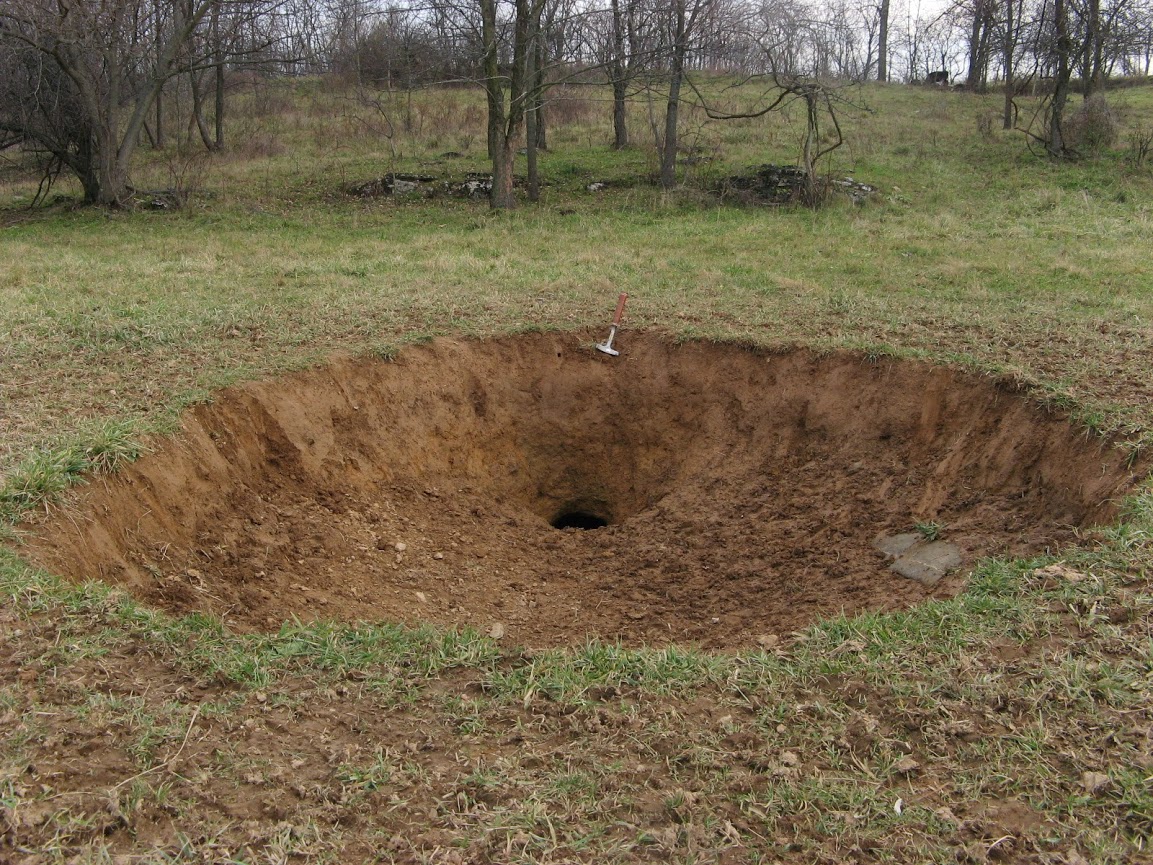Topic sinkholes in the dead sea: Explore the mysterious beauty of sinkholes in the Dead Sea, a fascinating natural phenomenon blending environmental challenges with unique ecological insights.
Table of Content
- What causes sinkholes to form in the Dead Sea?
- The Cause and Impact of Sinkholes
- Natural and Historical Significance
- Looking Forward
- YOUTUBE: Saving the Dead Sea From Sinkholes
- Introduction to the Dead Sea"s Unique Environment
- The Formation and Spread of Sinkholes
- Human Impact and Environmental Concerns
- Conservation Efforts and Sustainable Solutions
- The Dead Sea in Culture and History
- Scientific Research and Future Perspectives
- How Tourism is Adapting to Sinkholes
- Community Responses and Local Initiatives
- Global Significance and International Cooperation
What causes sinkholes to form in the Dead Sea?
Sinkholes form in the Dead Sea due to the following reasons:
- The receding water levels: The Dead Sea is shrinking at a rapid rate due to diversion of water from the Jordan River, mineral extraction, and evaporation. As the water levels drop, previously submerged areas are exposed to air, causing the ground to collapse and form sinkholes.
- The high salt concentration: The Dead Sea has an extremely high salt concentration, which weakens the ground and dissolves underground salt layers. This process, known as salt dissolution, creates voids in the ground that can lead to sinkhole formation.
- The destabilization of underground layers: The combination of receding water levels and high salt concentration can destabilize underground layers of clay and sediment. When these layers collapse, sinkholes can form on the surface.
READ MORE:
The Cause and Impact of Sinkholes
Sinkholes around the Dead Sea are primarily due to the rapid decline in water levels, exacerbated by human activities such as water diversion and industrial exploitation. These phenomena threaten the area"s unique ecosystem and historical sites.
Efforts to Stabilize the Dead Sea
- Increased desalination of seawater to alleviate pressure on critical water sources.
- Proposals for sustainable management of natural resources.
- International collaboration for innovative solutions to water scarcity.

Natural and Historical Significance
The Dead Sea region is not only an environmental treasure but also a cradle of historical and cultural heritage, hosting diverse ecosystems and serving as a site for significant archaeological discoveries.
Challenges to Preservation
- Water scarcity and its impact on regional stability.
- The delicate balance between industrial needs and environmental preservation.
- The role of global and local communities in safeguarding this unique environment.
Looking Forward
While the future of the Dead Sea and its surroundings faces uncertainties, ongoing research and cooperative efforts offer hope for finding a balance between human needs and environmental preservation.
| Key Facts About the Dead Sea Region | |
| Feature | Description |
| Location | Bordering Jordan, Israel, and Palestine |
| Significance | Lowest point on Earth"s surface, rich in minerals |
| Challenges | Water level decline, sinkholes, environmental stress |
The preservation of the Dead Sea is a testament to the delicate interplay between nature and human activity, highlighting the importance of sustainable environmental practices.

Saving the Dead Sea From Sinkholes
Preservation: Step into the world of preservation and discover the beauty of safeguarding our heritage for future generations. Explore the art of conservation and witness the magic of preserving our planet\'s wonders. Receding: Join us on a journey to understand the impact of receding forces in nature, from melting glaciers to shrinking habitats. Let\'s explore the delicate balance of our changing world together.
Thousands of Sinkholes Emerge as the Dead Sea Continues to Recede
Subscribe to our YouTube channel for free here: https://sc.mp/subscribe-youtube The receding of the Dead Sea has caused ...
Introduction to the Dead Sea"s Unique Environment
The Dead Sea, nestled between Israel and Jordan, is a marvel of nature known for being the lowest point on Earth. This salt lake is distinguished by its hyper-salinity, which prevents aquatic life from thriving, hence the name "Dead Sea." Its unique geographical and climatic conditions contribute to its renowned therapeutic properties and historical significance.
- Located over 400 meters below sea level, the Dead Sea"s environment is characterized by high atmospheric pressure, providing an oxygen-rich atmosphere.
- The mineral-rich waters and mud are famous for their health benefits, attracting visitors from around the world for therapeutic treatments.
- Its extreme salinity, resulting from the evaporation of water leaving behind salts and minerals, creates a buoyant swimming experience, where one can float effortlessly.
- The surrounding landscape, marked by desert cliffs and caves, has been a site of archaeological interest, revealing insights into early human history and the Earth"s geological past.
The Dead Sea"s unique ecological system, historical richness, and therapeutic offerings make it a fascinating subject of study and a cherished natural wonder.
The Formation and Spread of Sinkholes
The Dead Sea"s sinkholes are a dramatic manifestation of the region"s environmental changes. These geological phenomena result from a complex interplay of natural and human-induced factors, notably the rapid decline in the Dead Sea"s water levels.
- Sinkholes form when fresh groundwater dissolves layers of salt in the underground terrain, creating underground cavities that eventually collapse.
- This process has been accelerated by the significant reduction in the Dead Sea"s water levels, due in part to the diversion of river water that once fed the sea and to mineral extraction industries.
- The formation of sinkholes is particularly prevalent along the western shores of the Dead Sea, where over 5,000 sinkholes have been identified, transforming the landscape into a mosaic of unexpected depressions.
- Research indicates that these sinkholes often cluster over specific sites, spreading parallel to the fault system associated with the Dead Sea Transform, indicating a geological predisposition to their formation.
While the creation of sinkholes poses challenges for the region, it also opens avenues for scientific research and offers unique insights into the interplay between human activity and natural geological processes.

Human Impact and Environmental Concerns
The Dead Sea"s delicate ecosystem is significantly influenced by human activities, leading to notable environmental concerns. The interplay between natural processes and human interventions has shaped the current state of this unique natural wonder.
- Water diversion projects, particularly from the Jordan River, have greatly reduced the inflow of fresh water to the Dead Sea, contributing to its rapid decline in water levels.
- Intensive mineral extraction by industries at both ends of the Dead Sea has exacerbated the reduction of water levels, altering the natural balance of the lake"s ecosystem.
- The formation of sinkholes, a direct consequence of the lowering water levels, poses risks to infrastructure, agriculture, and the overall landscape around the Dead Sea.
- Climate change further intensifies these challenges, with rising temperatures leading to increased evaporation rates, further decreasing the sea"s water volume.
These human-induced changes highlight the urgent need for sustainable management practices to preserve the Dead Sea"s unique environmental and cultural heritage.
Conservation Efforts and Sustainable Solutions
The plight of the Dead Sea and the expanding sinkholes have prompted various conservation strategies and sustainable solutions, focusing on regional cooperation and innovative engineering projects. Notable among these is the proposed Red Sea-Dead Sea Conveyance project, which aims to channel water from the Red Sea to the Dead Sea. This ambitious initiative involves constructing pipelines, canals, tunnels, and desalination plants, potentially stabilizing the Dead Sea"s water levels and mitigating sinkhole formation.
- Experts have suggested carefully introducing desalinated water from the Red Sea to avoid ecological and mineral balance disruptions in the Dead Sea.
- The project"s complexity is heightened by the need for collaboration between Israel, Jordan, and the Palestinian Authority, highlighting its international significance and challenges.
- Conservationists have emphasized alternative approaches, such as restoring water flow from the Jordan River, which has seen significant reductions due to diversions for agriculture and urban use.
- Advancements in wastewater treatment and reuse for agriculture in the region are underway, aiming to decrease withdrawals from the Jordan River and contribute to the Dead Sea"s preservation.
These efforts underscore the critical need for integrated, sustainable management practices that address both the immediate threats to the Dead Sea and the broader environmental, political, and social dynamics of the region.
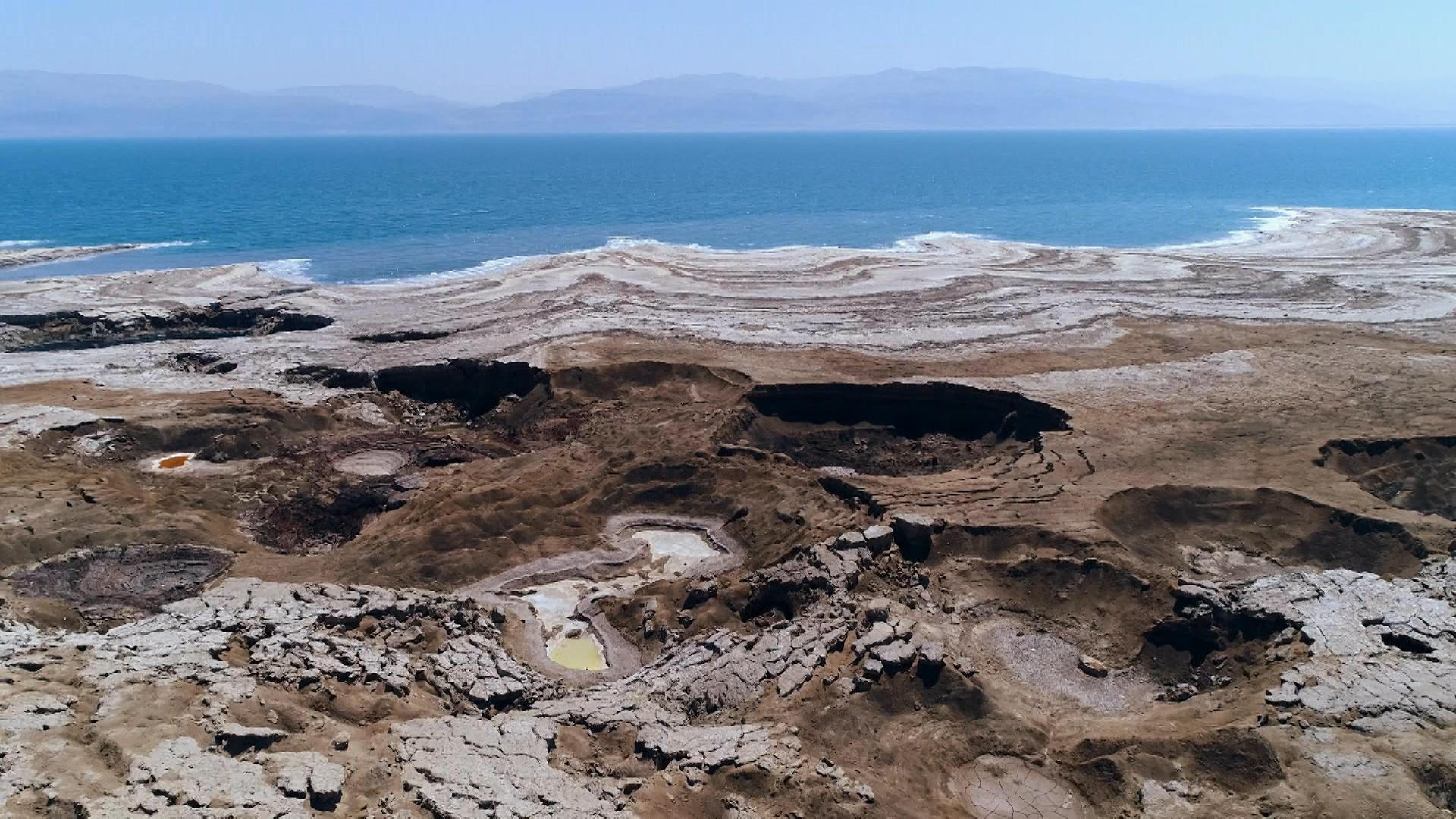
The Dead Sea in Culture and History
The Dead Sea, a landlocked salt lake bordered by Jordan, Israel, and the Palestinian West Bank, has been a significant cultural and historical site for millennia. Known for its extreme salinity and the lowest land-based elevation on Earth, the Dead Sea has attracted visitors from the Mediterranean Basin for thousands of years, serving as one of the world"s first health resorts and a supplier of various products, including asphalt for Egyptian mummification and potash for fertilizers.
- The Dead Sea"s name can be traced back to the Hellenistic Age, and it features in biblical accounts, including the stories of Abraham and the destruction of Sodom and Gomorrah.
- The desolate wilderness beside the lake offered refuge to historical figures such as King David and Herod the Great. Masada, a fortress near the Dead Sea, is known for the mass suicide of its Jewish Zealot defenders during a Roman siege in 73 CE.
- The discovery of the Dead Sea Scrolls in the nearby Qumran Caves in 1947 is among the most important finds in modern archaeology, providing invaluable insights into the history of Judaism and the emergence of Christianity.
- Throughout history, the Dead Sea has been explored by various adventurers, including a pioneering Irishman in the 19th century and the US Navy"s Lt. William Francis Lynch, who created the first published charted maps of the Dead Sea and the Jordan River.
Today, the Dead Sea continues to be a popular tourist destination, known for its healing properties and unique environmental features, despite the challenges posed by its receding waters.
Scientific Research and Future Perspectives
Recent scientific studies have advanced our understanding of sinkhole formation in the Dead Sea region, utilizing cutting-edge techniques like GNSS reflectometry and shear wave reflection seismic imaging. These methods have provided high-accuracy data on the Dead Sea"s lake level changes and the subsurface composition near sinkhole-prone areas.
One significant finding from GNSS reflectometry observations is the precise measurement of the Dead Sea"s lake level and the rate of subsidence in surrounding areas. This method has shown an excellent correlation with traditional gauge measurements, highlighting its robustness and accuracy in monitoring environmental changes in the Dead Sea region.
In parallel, seismic imaging studies have challenged previous assumptions about the causes of sinkhole formation. Instead of a thick band of salt being the primary factor, research has demonstrated that the layering of buried sediments plays a crucial role. The use of seismic waves to study sediment layering has revealed that fine-grained sediments like sand, when washed away, weaken the upper layers of the ground, predisposing the area to sinkholes.
These insights not only enhance our understanding of the geological processes at play but also offer new avenues for predicting and potentially mitigating sinkhole formation. Future research will likely focus on expanding these techniques to other areas around the Dead Sea and integrating them with other scientific disciplines to develop a more comprehensive understanding of this unique environment.
The ongoing collaboration between geophysicists, environmental scientists, and local authorities holds promise for developing sustainable solutions to manage and mitigate the impact of sinkholes, ensuring the safety of the local communities and the preservation of this natural wonder.

How Tourism is Adapting to Sinkholes
The Dead Sea region, renowned for its unique natural beauty and therapeutic properties, is undergoing significant changes due to the formation of sinkholes, impacting tourism and local infrastructure. Despite these challenges, efforts are being made to adapt and sustain tourism in the area.
Tourism authorities and local stakeholders are taking proactive steps to ensure the safety and accessibility of the Dead Sea for visitors. Measures include the development of new hotel zones, such as the expansion at Ein Boqek, which plans to double its current capacity of 4,000 hotel rooms. This expansion aims to accommodate the growing number of domestic tourists, which has seen an increase over the past five years.
- Enhanced safety measures and warning systems are being implemented around sinkhole-prone areas to protect visitors.
- Tourism offerings are diversifying to include educational and environmental awareness activities regarding the Dead Sea"s ecological challenges.
- Infrastructure improvements are underway to ensure continued access to the remaining recognized beaches and to develop alternative recreational areas.
- Scientific research and environmental monitoring are being supported to better understand sinkhole formation and to inform future tourism development strategies.
Despite the closure of some beaches, efforts are being made to maintain the Dead Sea"s appeal as a tourist destination. The use of man-made evaporation pools, which replicate the natural properties of the Dead Sea, offers visitors the opportunity to experience the unique mineral-rich waters.
Furthermore, initiatives like the Red-Dead canal project, supported by international funding, aim to address the broader environmental challenges facing the Dead Sea, including the decline in water levels that contributes to sinkhole formation. This long-term project seeks to stabilize the water level of the Dead Sea, thereby safeguarding its future both as a natural wonder and a tourism resource.
Through these adaptive measures and ongoing projects, the Dead Sea region continues to welcome visitors, offering them the unique experiences of floating in its waters and benefiting from its mineral-rich mud, while also educating them about the environmental challenges it faces.
Community Responses and Local Initiatives
The communities around the Dead Sea are actively engaging in various responses and initiatives to counteract the challenges posed by sinkholes and the receding shoreline. A partnership with Tel Aviv University aims to expand the Dead Sea Research Center, attracting a highly educated population to the region and fostering a technology park with a high-tech accelerator to create new employment opportunities.
Efforts to improve infrastructure are also underway, with significant investments aimed at enhancing road connectivity to mitigate the impact of regular winter floods. The Tourism Ministry is focusing on developing Ein Boqek as the main tourism hub, with plans to double the number of hotel rooms to accommodate increasing domestic tourism.
- Local leaders are advocating for state funding to address infrastructure challenges, emphasizing the need for better planning to avoid construction in sinkhole-prone areas.
- The Dead Sea Valley Project, encompassing new hotels and environmental protection measures, is a major initiative to revitalize the region"s tourism and mitigate sinkhole impacts.
- Community members are adapting to the changing landscape by finding alternative ways to attract tourists, such as offering kayaking tours.
- Initiatives like The Dead Sea Guardians aim to raise awareness and address the ecological challenges facing the Dead Sea, promoting a sense of hope and resilience among local populations.
Despite the adversity, there is a strong sense of community and determination to adapt and thrive. The introduction of early warning systems for sinkholes and the exploration of new tourist attractions that highlight the unique geological features of the area are examples of the innovative approaches being adopted. With these efforts, the Dead Sea region continues to offer new opportunities for scientific research, education, and recreation, ensuring its viability for future generations.
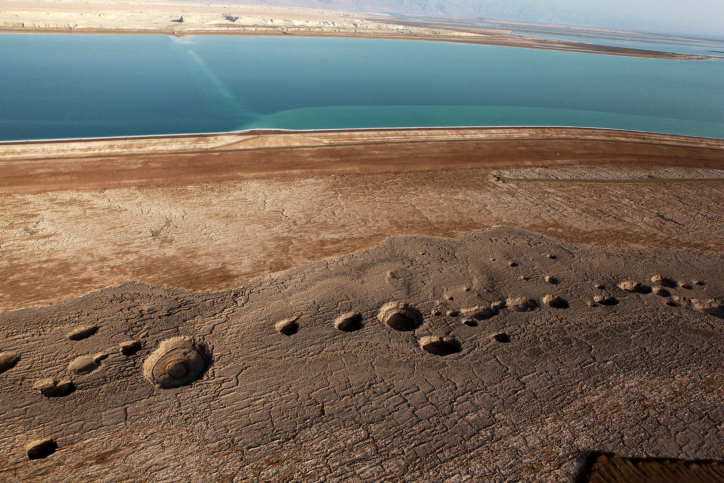
READ MORE:
Global Significance and International Cooperation
The Dead Sea"s ecological crisis, marked by the proliferation of sinkholes, has garnered global attention due to its unique environmental and geopolitical context. The sea"s decline is not just a local issue but a matter of international concern, involving Israel, Jordan, and the Palestinian territories. The rapid formation of sinkholes, a consequence of the sea"s shrinkage, underscores the urgent need for collaborative efforts to address this environmental challenge.
Efforts to mitigate the impacts and restore the Dead Sea have seen varying levels of cooperation and proposals, including the ambitious but stalled initiative to link the Red Sea with the Dead Sea. This project aimed to replenish the Dead Sea"s waters and offer a potential solution to the water scarcity in the region. Although the project faced setbacks, it highlighted the necessity for a multinational approach to environmental restoration.
Organizations such as EcoPeace, which consists of Jordanian, Palestinian, and Israeli environmentalists, have been at the forefront of advocating for sustainable solutions. Their proposals emphasize the importance of regional collaboration and innovative water management strategies, such as increased desalination, to alleviate the pressure on natural water sources and stabilize the Dead Sea"s levels.
Despite the challenges and the slow pace of progress, the global significance of the Dead Sea"s sinkholes crisis calls for continued international dialogue and cooperation. The shared nature of the Dead Sea"s resources and the transboundary impact of its decline necessitate a collective response, underscoring the interconnectedness of environmental issues and the need for unified action.
Discover the enigmatic beauty of the Dead Sea and its sinkholes, a testament to nature"s power and a call for global cooperation in conservation efforts.

:max_bytes(150000):strip_icc()/LEAD-25688ccbf0af493d8203e0c6580a9902.jpg)
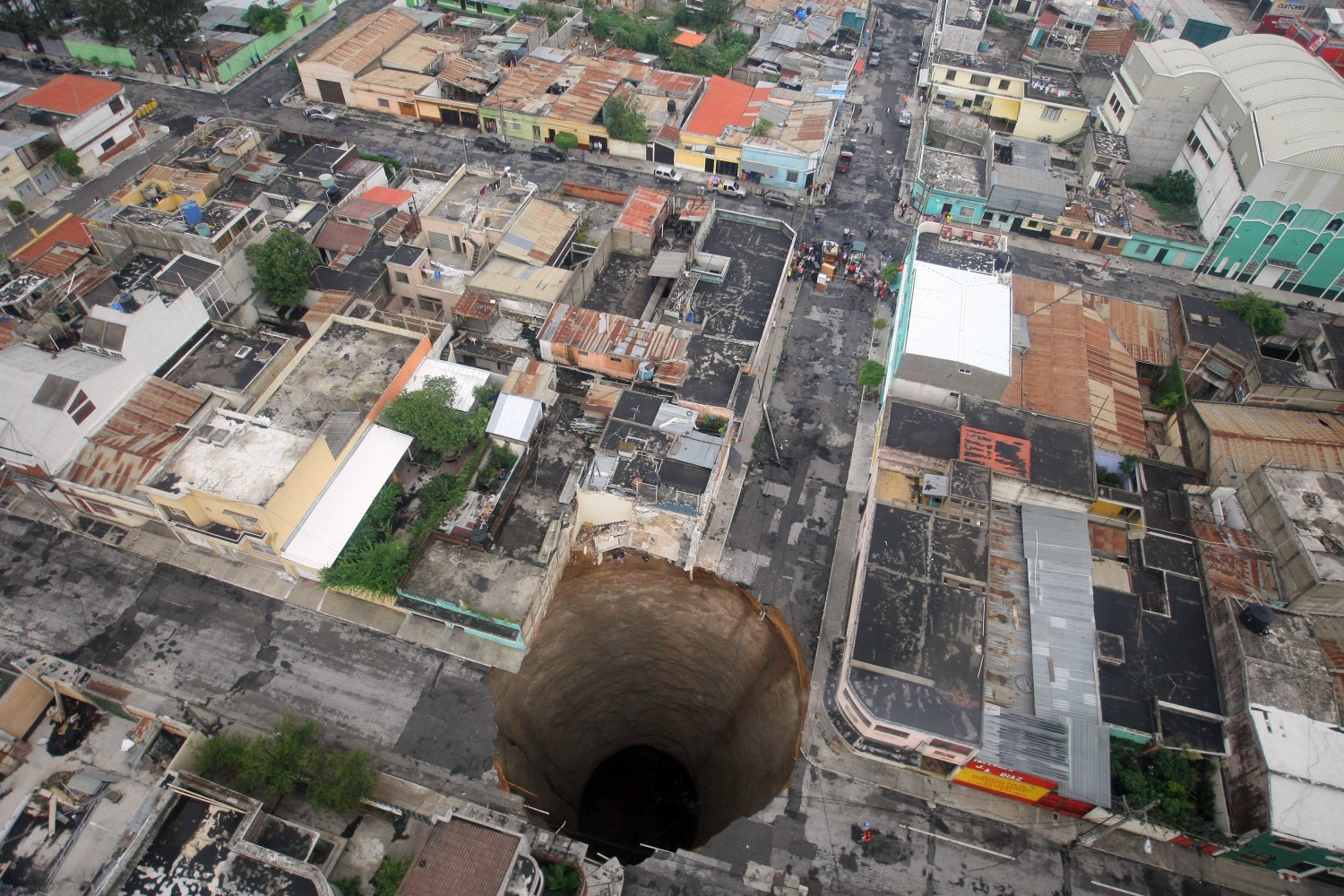

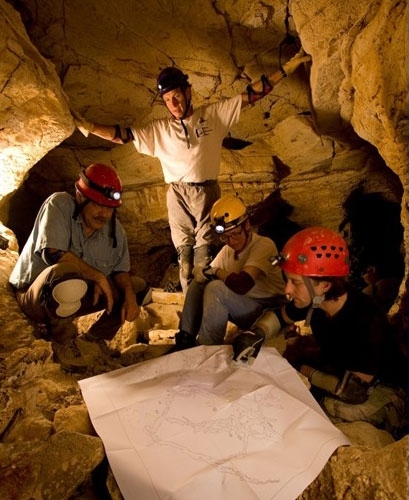
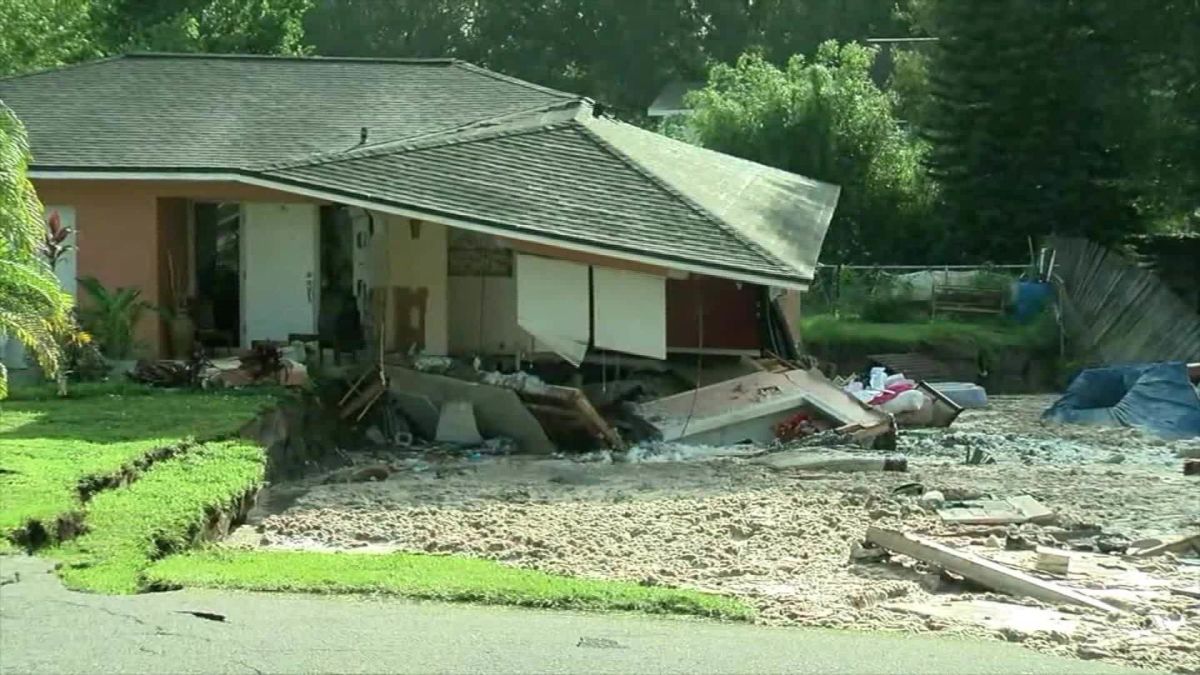
:max_bytes(150000):strip_icc()/__opt__aboutcom__coeus__resources__content_migration__mnn__images__2019__03__CenoteIkKilStairwellSwimmingHole-d99e791c5c2242f680c5b143c04fd056.jpg)

